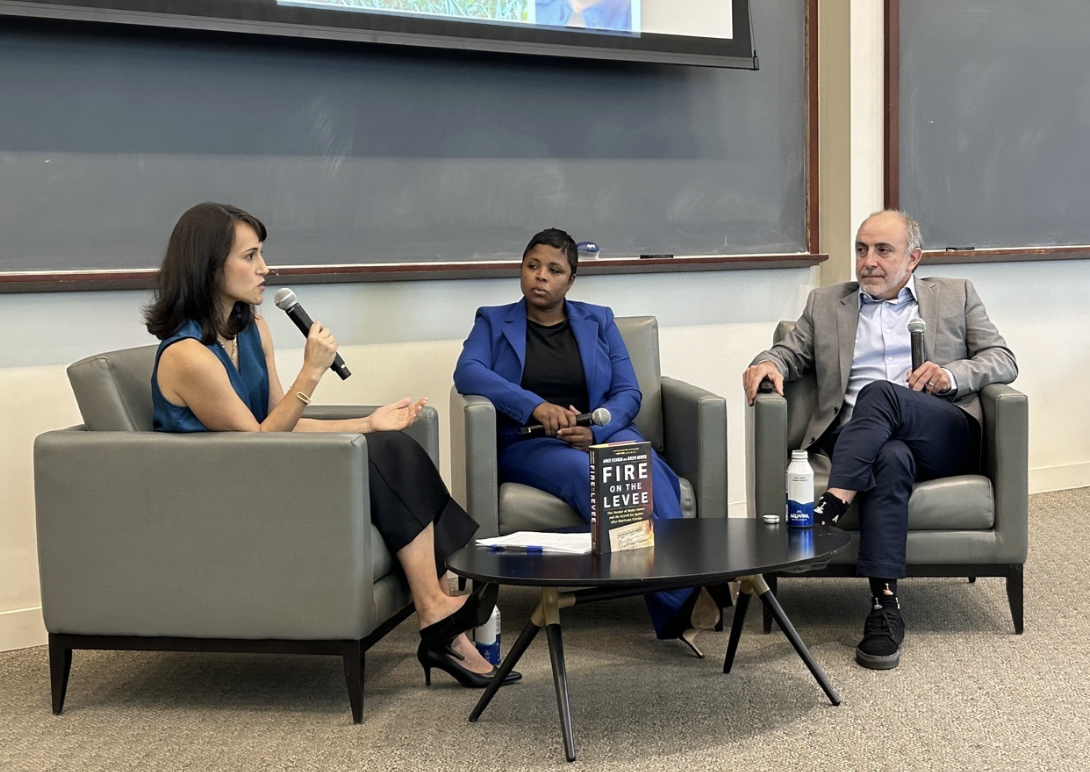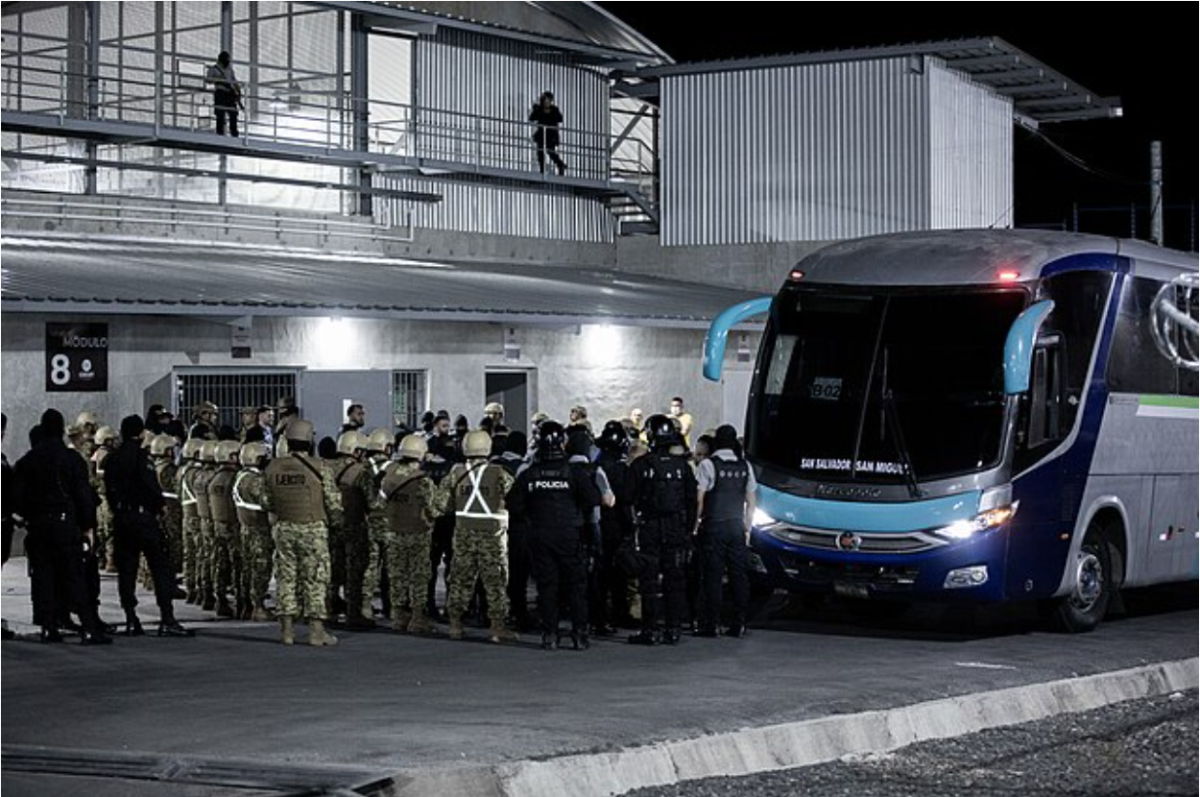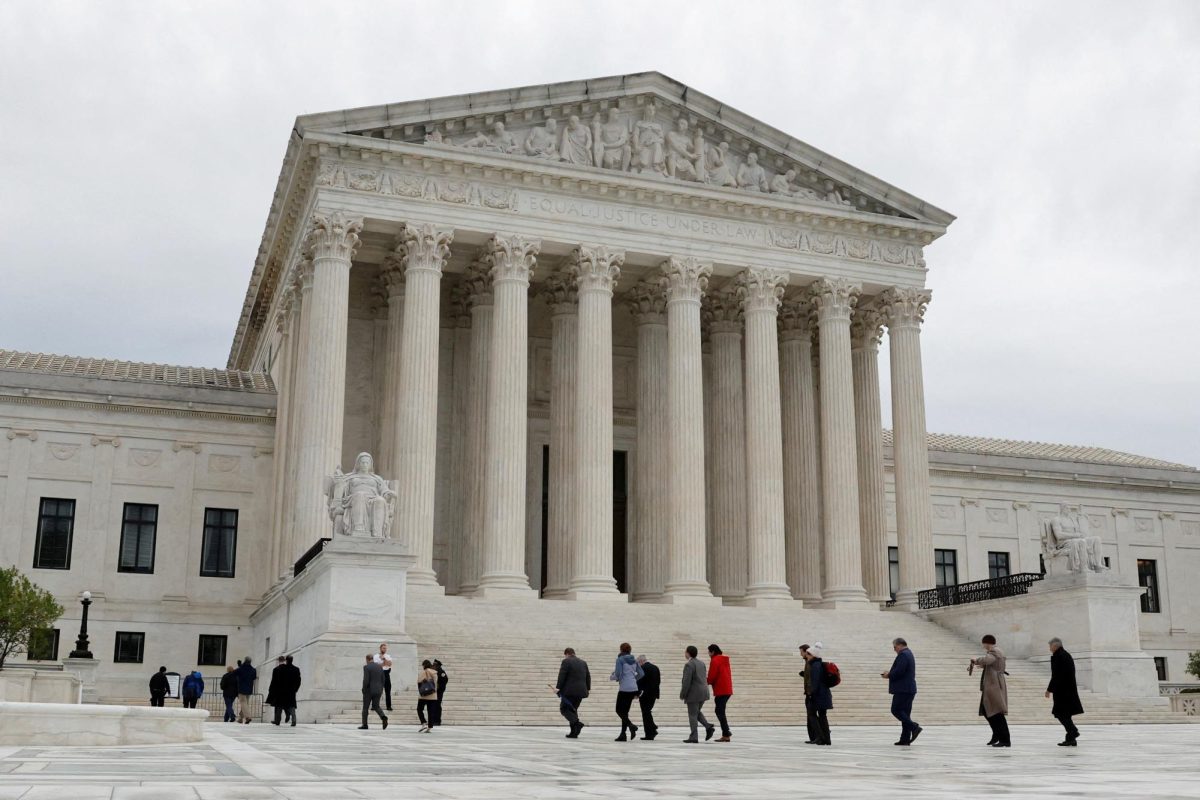
Program 1033, under the 1990 National Defense Authorization Act, seeks to save costs by outfitting civilian police forces with second-hand military weapons. Since 1997, the military reports, roughly 8,000 local law enforcement agencies have received $5.1 billion in aid—including assault weapons, grenade launchers, and mine-resistant, ambushed protected vehicles, or MRAP’s. Such equipment is fit for battling insurgencies, and the Department of Defense originally justified its distribution to support “counter-drug activities.” Program 1033, however, has strayed from its original intent.
Instead of battling drug cartels, many police forces use 1033 equipment as a primary tool for dispersing protests. Photographs from Ferguson, for example, show police wielding tear gas, 12-gauge shotguns, and armored vehicles to manage the largely peaceful protests. Incidents like this reveal that instead of supporting their mission to protect and serve, militarizing local law enforcement undermines civilians’ relationship with the police, and ultimately damages democracy.
Consider first that the Bill of Rights explicitly protects “the right of citizens to peaceably assemble, and to petition the government for a redress of grievances.” True, the protests in Ferguson featured spasms of violence and looting. As reported by the Washington Post, though, most of the early protests were candle light vigils. Given the mix of pacifism and aggression, the police faced a decision. They could have either deferred to citizens’ Constitutional rights and viewed looters as outliers, or they could have employed military equipment to suppress all protesters, peaceful or not.
Clearly, local authorities chose the latter. Police have a duty to stop petty crime, but it doesn’t take an armored vehicle to catch a looter. Police officers could have easily managed the chaos without military equipment. However, by deploying teams wielding assault rifles, they conveyed preferences for their shiny new toys over citizens’ First Amendment rights. And ultimately, this overzealousness threatens more than just Constitutional liberties.
When officers use the same equipment to manage citizens as they would to combat battle-hardened criminals, they convey a deep mistrust of the public. In turn, the public ceases to trust the police, which itself has serious consequences—and often makes matters worse. Protests in Ferguson, for example, only became more violent after police deployed SWAT teams. Long term, though, police mistrust fundamentally degrades public safety. The National Institute of Justice explains, “[Distrust of police] undermines the legitimacy of law enforcement, and without legitimacy police lose their ability and authority to function effectively.” Ironically, military weapons could actually inhibit officers’ ability to maintain order.
Further, Program 1033 disproportionately impacts minorities. Hilary Shelton, Senior Vice President of the National Association for the Advancement of Colored People, notes that the war on drugs has mostly targeted Blacks and Latinos. Program 1033 allocates military weaponry for combatting drug-related crime, so racial injustice in drug enforcement correlates to racial injustice in police militarization. As such, a 2014 report from the American Civil Liberties Union concludes that since S.W.A.T. teams use military weapons to conduct drug raids, “The use of paramilitary weapons and tactics primarily impacts people of color.”
All told, cutting police spending by sharing military weapons with local law enforcement makes fiscal sense. Program 1033, however, makes an alarming social impact, and should be reformed. The Department of Defense should restrict Program 1033 to non-lethal equipment, while also requiring local authorities to develop policies emphasizing restraint. Doing so would help local governments save money, while still supporting officers’ mission to “protect and serve.”






